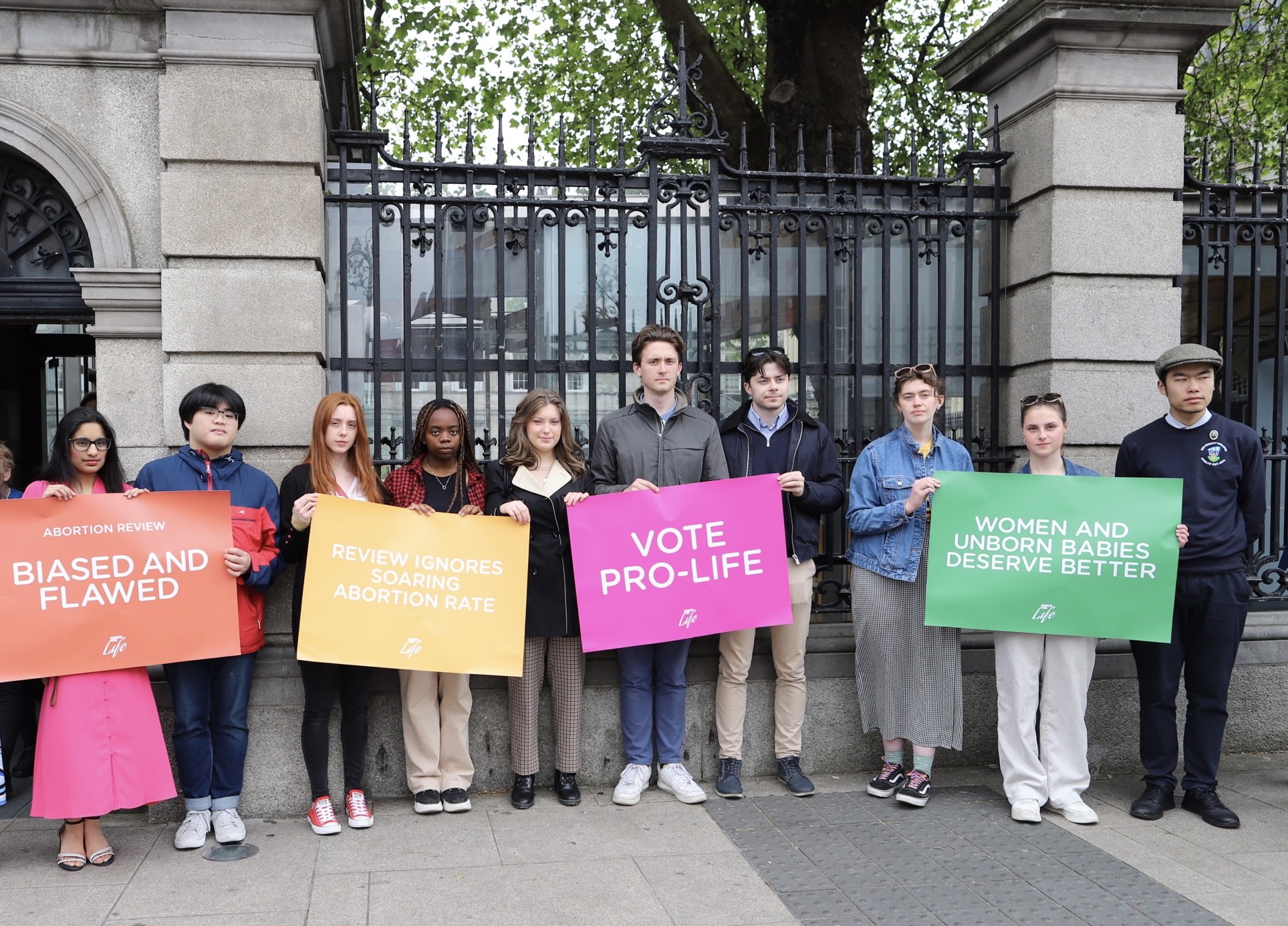Euthanasia can be defined as deliberately ending a person’s life by act or omission rather than allowing the person to die naturally.
Typically, by a doctor dispensing lethal drugs, for example, by injection.
Indirect euthanasia: Providing someone with drugs that will as a consequence quicken the termination of someone’s life.
• Active euthanasia: Accomplishing an act which will quicken the termination of someone’s life.
• Passive euthanasia: Terminating someone’s palliative care (stopping treatment) in order to end the life.
• Voluntary euthanasia: Euthanasia accomplished at the request of the patient.
• Involuntary euthanasia: Euthanasia accomplished at the request of someone else, in cases of non-conscious patients or those not considered as able to make the decision. * Examples would include the famous Vincent Lambert (FRA) and Terri Schiavo (USA).
• Physician Assisted Suicide/Dying is when a physician assists the patient to commit suicide, often by providing him or her with a consultation prior to prescribing and supplying lethal drugs.
The danger in ‘talking up’ people ‘wanting to end their own lives’ no matter what challenges they face is that it tends to create a reluctance on vulnerable people’s part to sharing their genuine needs or asking for support. By normalising ‘I want to end my life because I have problems’ it sends a not so subtle message to vulnerable people that they are a burden and the generous thing to do is to stop being a burden to others.
On the other hand, requests for euthanasia and assisted suicide are reduced considerably when patients’ social, emotional and physical needs (possibly palliative), are properly met.
Instead of introducing a legal system that facilitates the intentional ending of human lives, we ought to devote our energies to putting in place the necessary resources so they’re readily accessible to all who need them. Great strides are already being made in this regard. We need to build on them rather than sending mixed signals about the value we place on the life of someone considering Euthanasia.
Sometimes doctors administer drugs like morphine to minimise pain, that has the secondary but unintended effect of shortening life. The critical distinction here with Euthanasia is that the drug is not given to hasten death but to relieve pain. With good palliative care, the doctor will manage the dosage of morphine to minimise the chances of it ending life. With Euthanasia the intention is entirely different – it is to deliberately end a life and nothing else.
No, they’re entirely different. Stopping or not starting a treatment that is seen as futile cannot be compared to Euthanasia, which is solely about causing death. There are lots of reasons why someone might turn down a treatment that has nothing to do with wanting to die. Even where a patient refuses a life-saving treatment and dies as a result, this does not qualify as Euthanasia. People cannot be forced to undergo treatments against their will. In the case of Euthanasia, the intent is always about ending a life. That’s clearly not the case in situations where someone turns down a treatment or where the doctor believes the procedure will be of no benefit to his or her patient.
